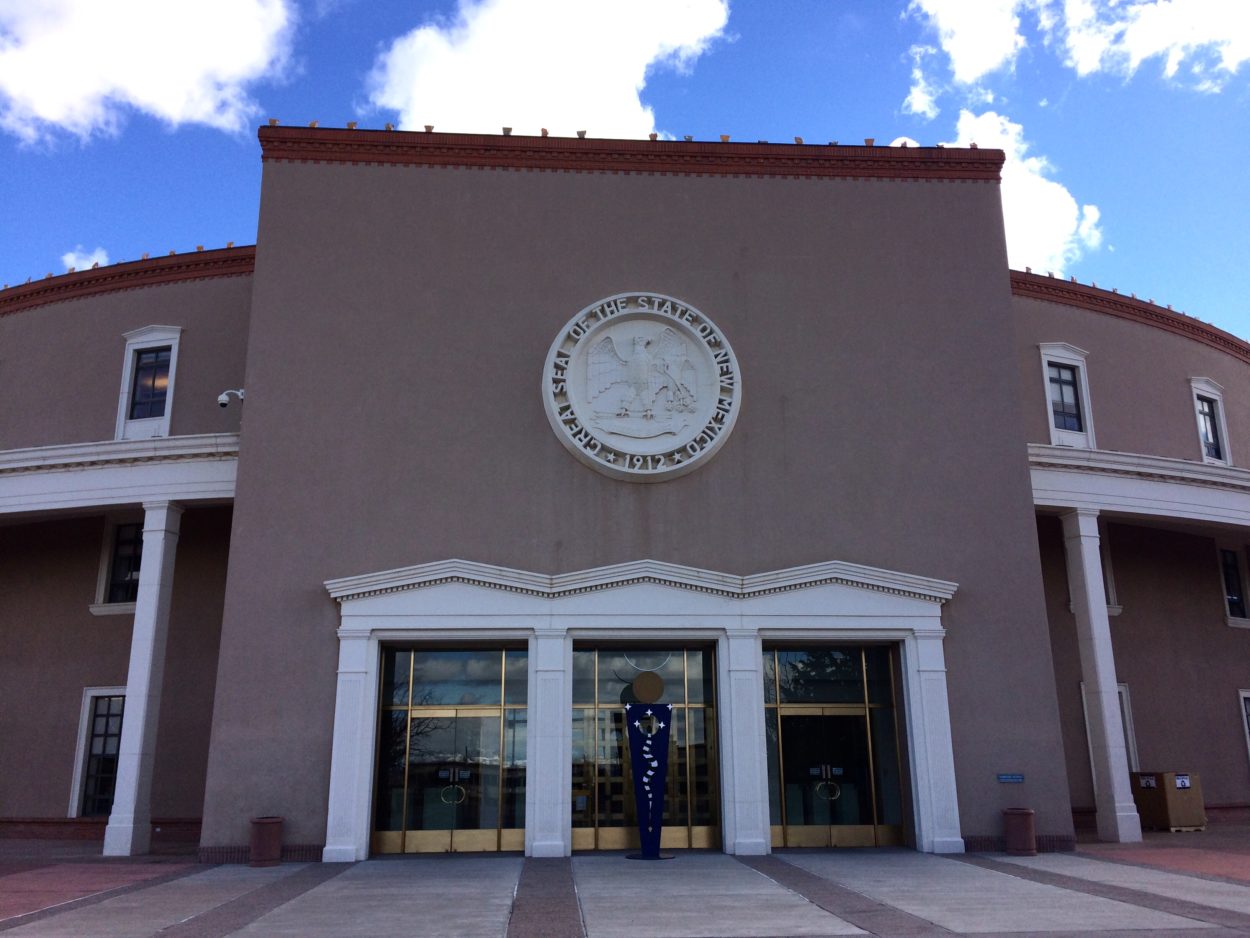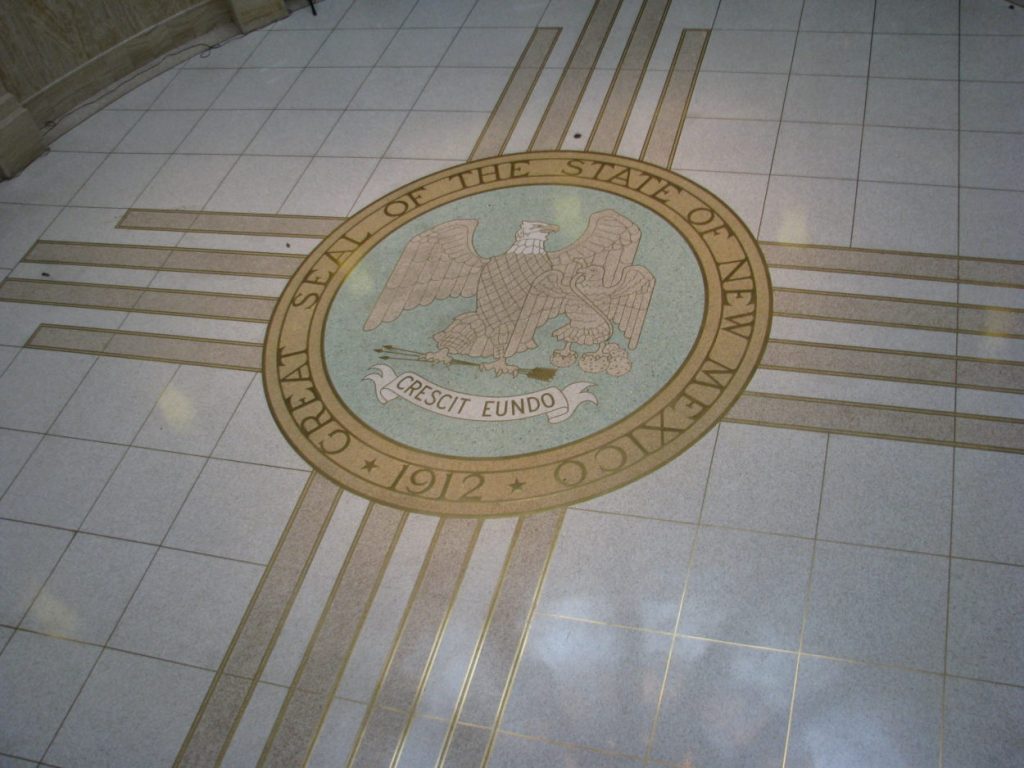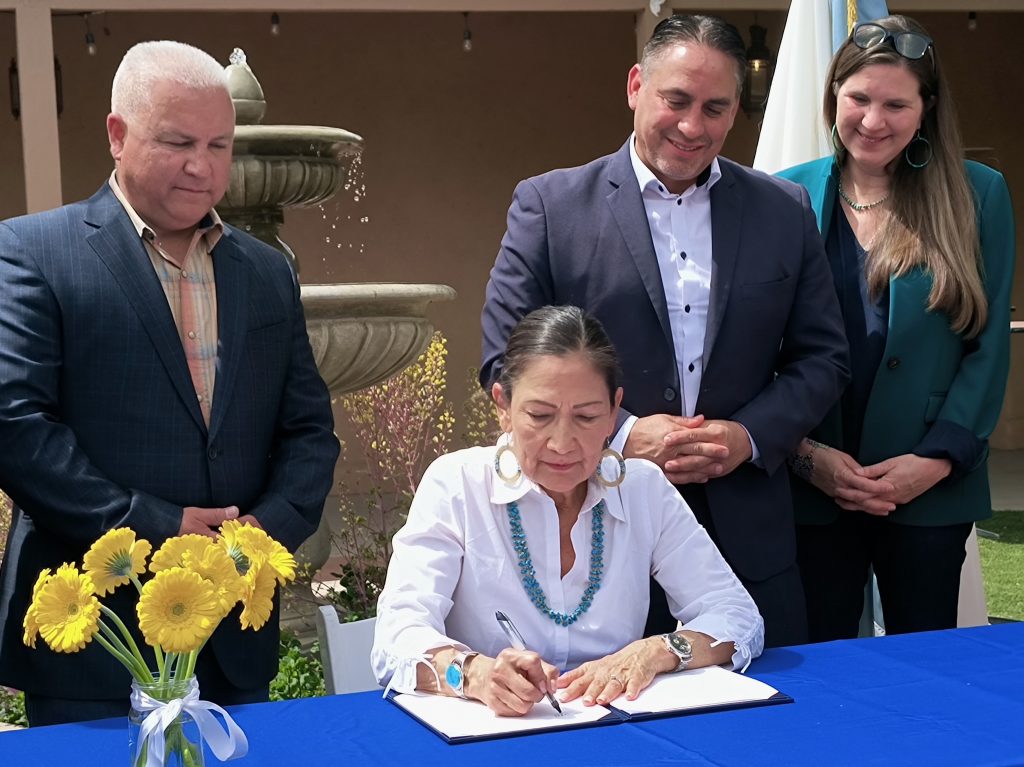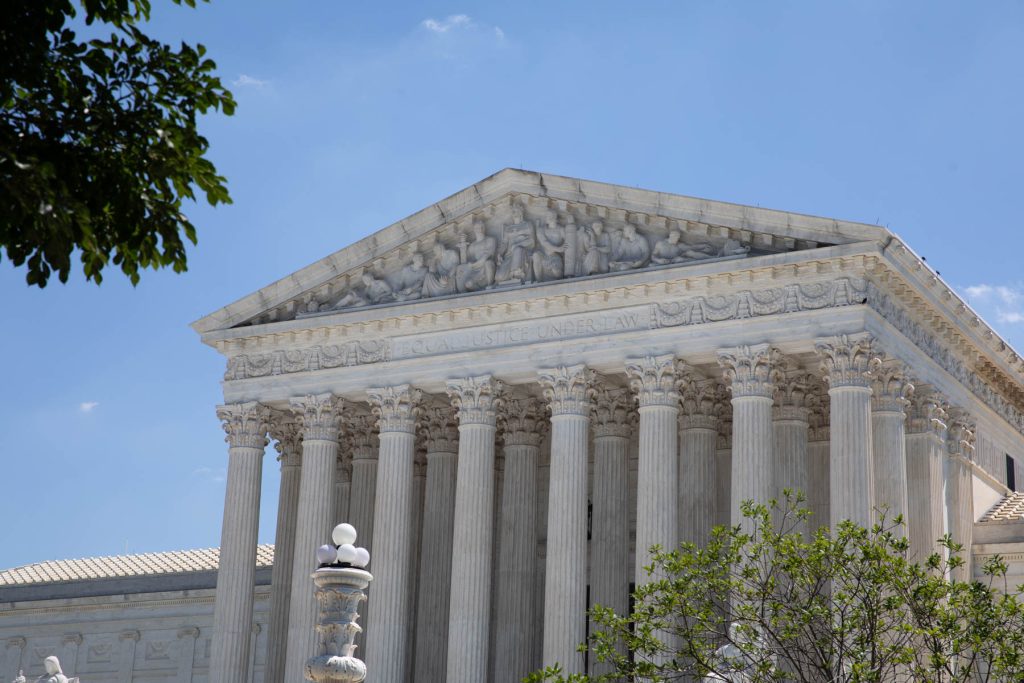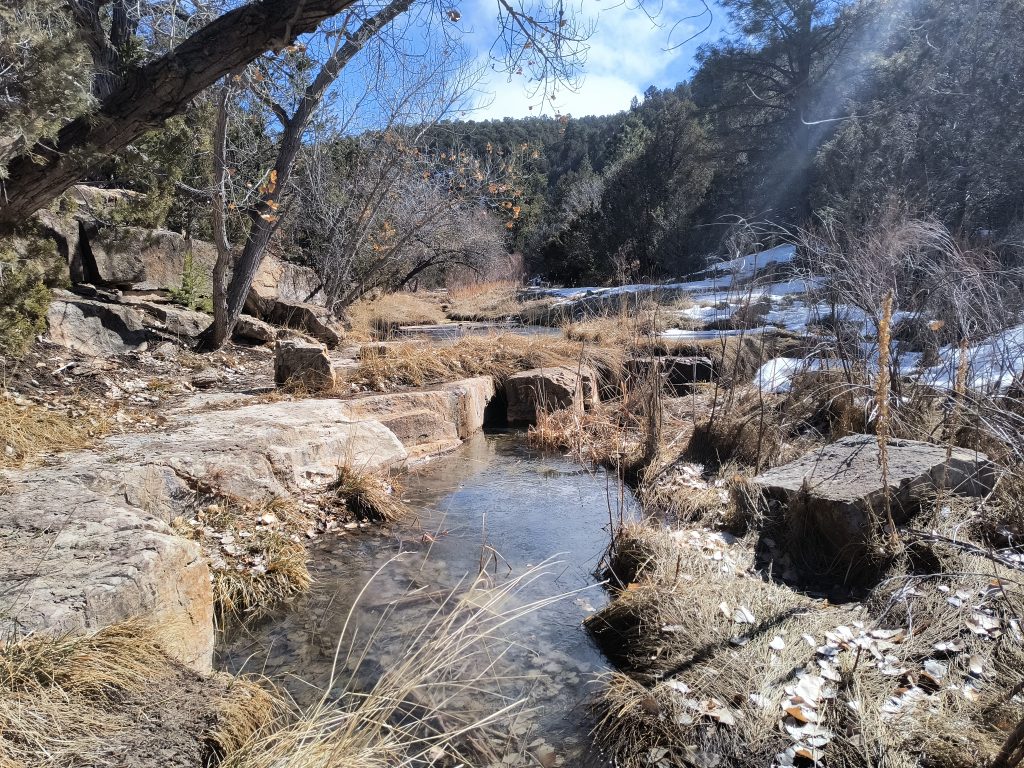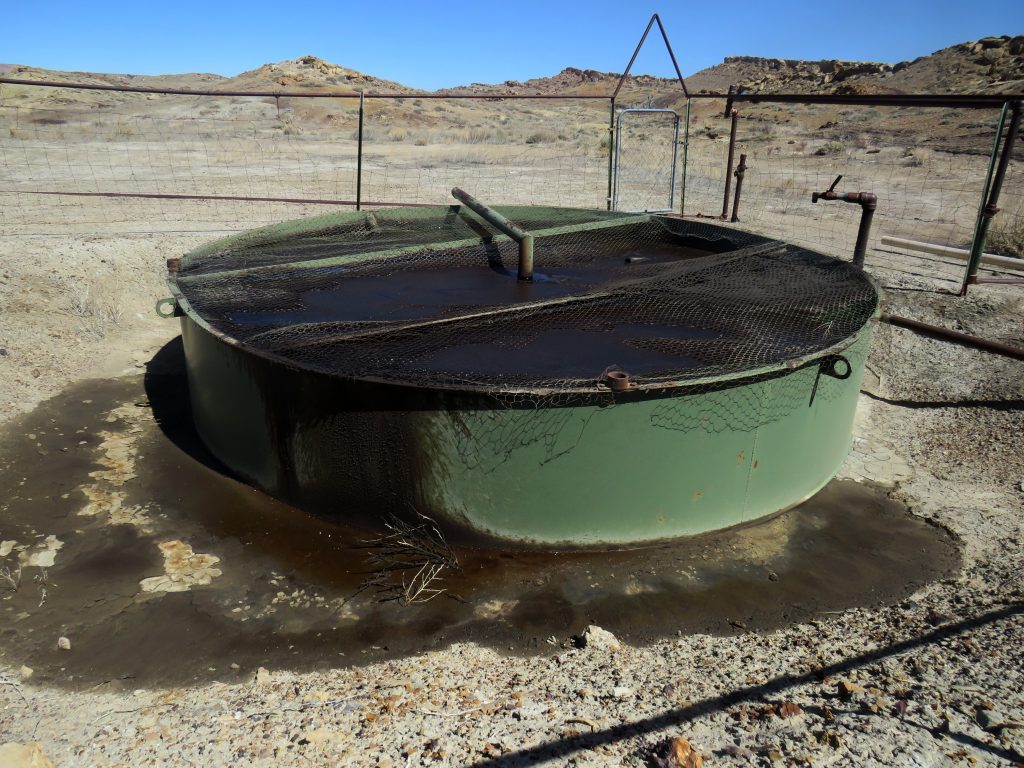A Republican lawmaker who often challenges legislation and decisions by Democrats said he was somewhat happy when an amended version of his resolution calling for more transparency in how lawmakers’ votes are recorded won bipartisan support Thursday.
House Resolution 1, introduced by Rep. Jim Townsend, R-Artesia, would require the New Mexico House of Representatives to publish a record of legislators who make or vote on a motion to table a bill.
In most cases, a motion to table a bill means it quietly dies in committee while a legislative session plays out, without ever getting further consideration. While those tabling votes are recorded in committee hearings, they do not go into the official House of Representatives record and cannot be found on the legislative website.
“The people of New Mexico expect ethical transparency,” Townsend told the committee members. “This is just one more step … in making our processes much more transparent to the public.”
Though all but one member of the House Rules and Order of Business Committee voted to endorse HR 1, the action came with a price: An amendment would exclude two committees from having to participate in the process.
Rep. Daymon Ely, D-Corrales, who chairs the rules committee, added what he called an “unfriendly” amendment to the resolution that would allow the House Appropriations and Finance Committee and the House Taxation and Revenue Committee to opt out of the disclosure requirement.
Ely said those two committees, which deal with financial matters pertaining to the budget, should not be included in the resolution because members of those committees tend to table almost every bill.
That’s because, he explained, the language and financial appropriations tied to those bills, even if tabled, end up getting built into the final state budget. As a result, the public could be “confused” to read that a bill was tabled and discover the money tied to that bill still made it into the budget, Ely said.
Townsend wasn’t happy about the amendment, saying it’s like a “50-50” transparency act. The Legislature’s website lists 14 committees in the House of Representatives.
Townsend’s proposal next goes to the full House for consideration. A majority of the House — where Democrats have a 46-24 majority — must approve the resolution for it to become binding on next year’s legislative session, which convenes in January 2021.
Though House Republicans and Democrats have fought over a number of issues, ranging from legal abortions and recreational marijuana to implementing gun-safety laws, Townsend said his resolution is not intended to suggest Democrats deliberately table Republican bills.
“Is the [resolution] making the assumption that the reason the tabling motion was used to kill a bill was because it was along partisan lines?” Rep. Patricia Roybal Caballero, D-Albuquerque, asked Townsend.
“If that had been my reason, I would have put it in a bill,” he replied. “The resolution allows the public to understand the process more clearly and with more detail.”
Only Rep. Sheryl Williams Stapleton, D-Albuquerque, voted against HR 1. She said it could lead to additional confusion for members of the public unfamiliar with how the Legislature operates.
She said even some people involved in the legislative session “don’t know how the process works.”
“The word ‘transparency’ is great, everybody uses it these days,” she said. “It’s the biggest buzz word out there.”
HR 1 is just one of three transparency resolutions Townsend has introduced to provide what he calls greater clarity in how legislation moves or stalls in the state House.

